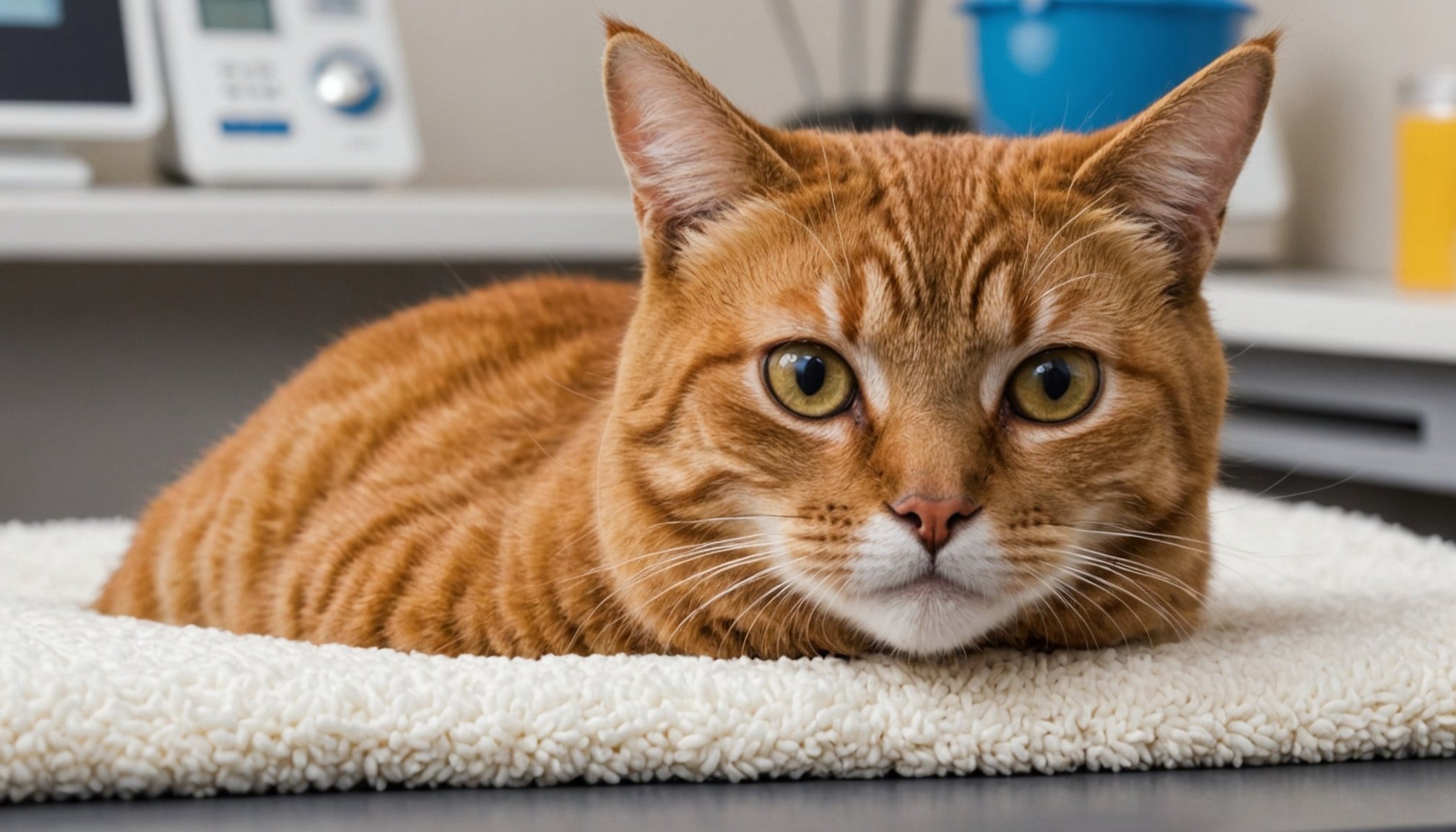Understanding Cat Anxiety at the Vet
Cats are sensitive creatures, and cat anxiety during vet visits is a common issue. Veterinary stress in cats can stem from various triggers. The unfamiliar environment, strange smells, and presence of other animals can all contribute to making a trip to the vet a stressful experience for your feline friend. Additionally, being handled by an unfamiliar person in a confined setting might exacerbate stress levels.
Recognizing signs and symptoms of anxiety in cats is crucial for pet owners. Look out for behaviors such as excessive meowing, hissing, or attempts to hide. Some cats might also show signs of aggression or defecate due to stress. Understanding these indicators can help you react appropriately and take action.
Additional reading : Essential strategies to keep your indoor cat”s claws healthy and happy
The importance of recognizing anxiety early cannot be overstated. Catching stress signals before they escalate ensures that your cat’s trip to the vet is as smooth as possible. Addressing anxiety early on can prevent long-term behavioral issues and improve your cat’s overall well-being. By understanding pet behavior, you contribute positively to your cat’s health journey, ensuring that veterinary visits are less daunting for your beloved pet.
Preparing for the Vet Visit
Before a vet visit, calming your environment can prevent anxiety in your cat. Start by introducing a peaceful atmosphere at home. A soothing climate can make a huge difference. Minimize sudden noises and maintain a serene environment to reduce pre-visit nerves.
Also to see : Bringing home a new dog: key strategies for harmonizing with your feline family
Familiarizing your cat with the carrier is a pivotal step in vet visit preparation. Before the actual visit, leave the carrier in an accessible spot for your cat to explore. Filling it with comfortable bedding and familiar toys can help. Regularly placing your cat inside for short periods can make the carrier feel familiar and safe.
Another way to improve anxiety prevention is using calming products. Pheromone sprays or treats can be particularly effective. These products mimic the calming hormones that cats produce naturally and can help in creating a peaceful atmosphere both at home and during travel.
Pre-visit tips like these can significantly alleviate stress. Preparing thoughtfully is key to ensuring that the entire vet experience is as positive and tranquil as possible. Remember, a calm cat before a visit is one small step towards a smoother veterinary experience.
Techniques for Reducing Anxiety During the Visit
Visiting the vet can be a stressful event for cats, but employing effective calming techniques can significantly ease the experience. One vital aspect involves the cat handling strategy; gentle, confident handling by the vet can make a world of difference. Allowing your cat to acclimate to the examination room at their own pace can also help minimize anxiety. Observing their reactions closely throughout the visit ensures that stress is managed promptly.
Timing and Scheduling
Choosing the right time for appointments can greatly influence stress levels. Early morning or late afternoon slots are often quieter, providing a calmer setting for your pet. This reduces the chaos and noise, ensuring your cat encounters fewer disturbances.
Handling During the Visit
Handling techniques should be soft and reassuring. Using the “less is more” approach, veterinarians should handle your cat minimally to avoid increasing stress. Brief touches and gentle movements build a trusting environment for your feline friend.
Interaction with Staff
Interaction with veterinary staff plays a crucial role in managing your cat’s stress. Building a rapport ensures staff approach your pet calmly and speak softly. This kind of interaction cultivates a more positive experience and lessens tension for both the cat and owner.
Post-Visit Care and Recovery
After a vet visit, focusing on post-visit recovery is vital to help your cat return to a state of calm. Engaging in calming strategies and effective aftercare for pets is crucial in ensuring their well-being.
Once home, create a peaceful environment to ease the transition. Soft music or a quiet room can work wonders to reduce stress. If your cat seems uneasy, offering favourite toys or treats can act as gentle distractions. Continued calming techniques, like using pheromone diffusers, can maintain harmony and soothe any lingering anxiety.
Monitoring your cat post-visit is essential. Keep an eye out for signs of residual stress, such as hiding, aggressiveness, or loss of appetite. Consistent, observant care ensures that you catch any anxiety-related behaviours early, preventing them from escalating into longer-term issues.
In some cases, extended attention may be needed. Should anxiety persist, reaching out for professional veterinary advice is advisable. A veterinarian can offer tailored guidance and help address any continuing concerns. Remember, successful post-visit care not only focuses on immediate recovery but also prepares for future visits to be more positive experiences.
Expert Insights and Resources
Understanding feline anxiety requires knowledge from both experience and expertise. Veterinary advice is central to managing your cat’s stress effectively. Veterinarians often recommend developing a consistent routine and incorporating interactive playtime to alleviate anxiety. They may also suggest gradual desensitization to the vet environment as a beneficial approach.
Anxiety management resources prove invaluable too. Various online forums and support groups offer pet owners a platform to exchange tips and experiences. Many provide guidance on stress management and share calming strategies, such as using pheromone diffusers or implementing a quiet, predictable environment at home. These resources create community support, reassuring pet owners during challenging times.
Expert opinions from pet behaviorists add another layer of insight. They often emphasize understanding pet behavior patterns and recognizing individual triggers. This tailored approach allows a more targeted anxiety management plan, unique to each cat’s needs.
For those seeking to delve deeper into feline anxiety, suggested readings include books and reputable articles focused on cat wellness and behavior. Engaging with this material can deepen your understanding of care and ensure a tranquil vet experience for your furry companion.







